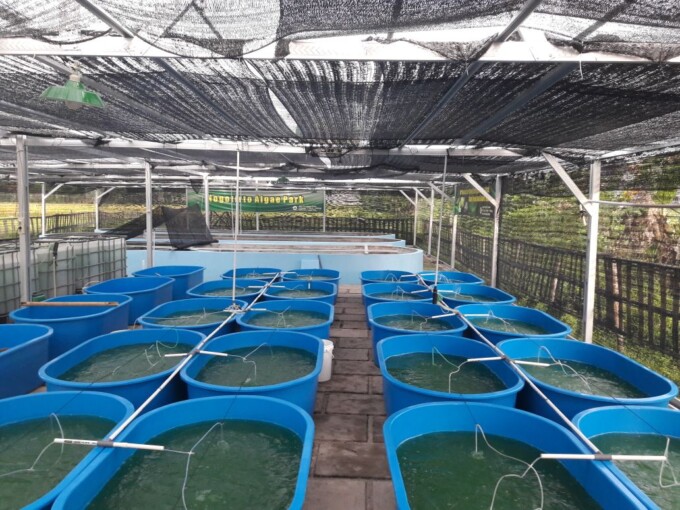
Directorate General of Higher Education, Ministry of Education and Culture assigned UGM Energy Studies Center (PSE) as the Center for Excellence in Science and Technology, Higher Education (PUI-PT) by the
With the name Microalgae Biorefinery or Center of Excellence for Microalgae Biorefinery, PUI-PT focuses on developing renewable energy from microalgae.
“Researchers in the field of microalgae at PSE UGM in collaboration with the Faculty of Biology and the Faculty of Engineering UGM have been examining for a long time to discover the secrets of micro-sized plants,” said Dr. Deendarlianto as Head of PSE UGM on Friday (7/8).
PSE UGM has been recognized to have monumental academic work. Deendarlianto added, even though PSE UGM has a focus in the field of renewable energy from microalgae, there is still the potentiality of exploration in the area of the functional feed.
“Because with this multiproduct or biorefinery concept, we can obtain the sufficient benefit,” he said.
Director of PUI-PT Microalgae Biorefinery, Prof. Dr. Arief Budiman, said that researchers in the field of microalgae have gone through the phases of academic research and innovative research. Therefore, it is time for PSE to be a center of excellence in science and technology that supports the Science and Technology Campus (STC) at UGM.
In the renewable energy sector, researchers have superseded in developing biodiesel from microalgae, which is the third generation biodiesel. According to him, the first-generation biodiesel is biodiesel from palm oil, which will conflict with food interests.
Likewise, there is the second generation of biodiesel from non-food oil. For instance, Castor oil that has a weakness because its plants destroy soil nutrients.
“People can plant microalgae in seawater or freshwater as the accessible medium in Indonesia, thus, one of the microalgae advantages,” said Arief.
He further explained that microalgae researchers have also accomplished in developing bio-crude oil. Crude oil or crude oil, which is now treated into BBM, comes from plants and animals’ dead microorganisms. They are then carried by water and settling on the seabed for thousands of years, before finally turning into crude oil.
The microalgae research team, he explained, ensued in turning microalgae into a kind of crude oil or bio-crude oil in just 3 hours.
“This means that it does not take thousands of years to make crude oil, but it only takes hours with hydrothermal liquefaction or HTL technology,” said Arief.
PUI-PT has a microalgae cultivation facility with a full capacity of 100,000 liters at Nogotirto Algae Park, Yogyakarta.
In this area, microalgae are manifested into various kinds of products with the biorefinery concept, not only for renewable energy needs but also for food considering that microalgae have a high protein content and active components that are necessary for human’s intake.
Apart from taking the product, another advantage of microalgae development is its ability to absorb CO2 emissions more efficiently.
“Microalgae is chlorophyll plants that can last in all kinds of waters in Indonesia. In photosynthesis, this plant can absorb CO2 and fix it 10-50 more efficiently than other plants,” explained Dr. Eko Agus Suyono as Cultivation Manager.
Author: Gloria
Translator: Natasa A

